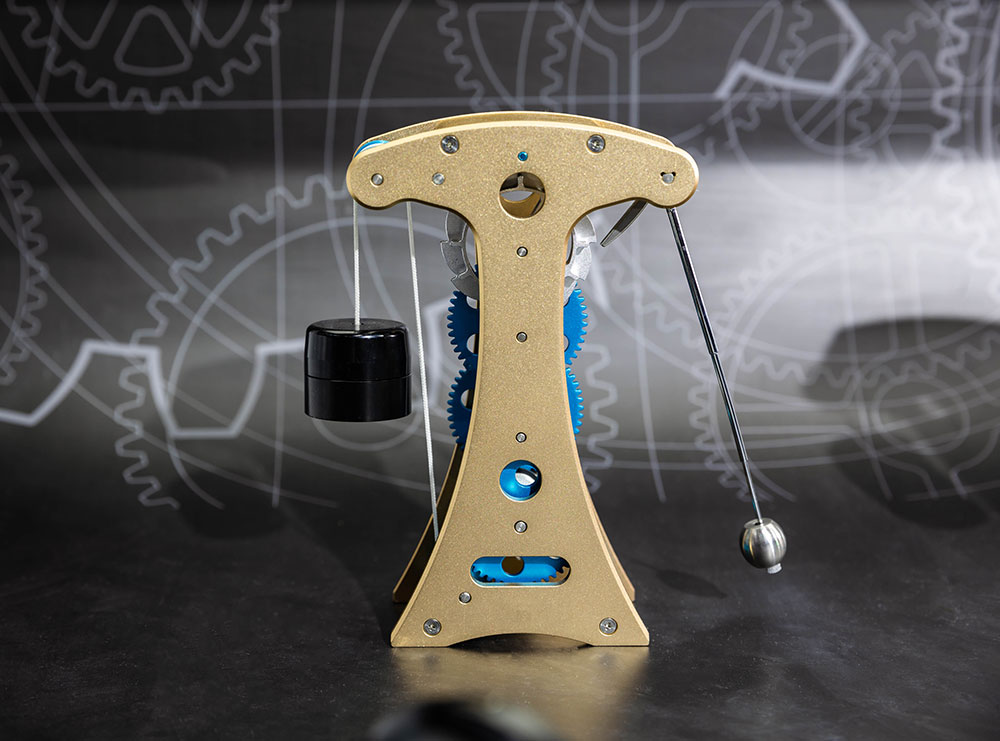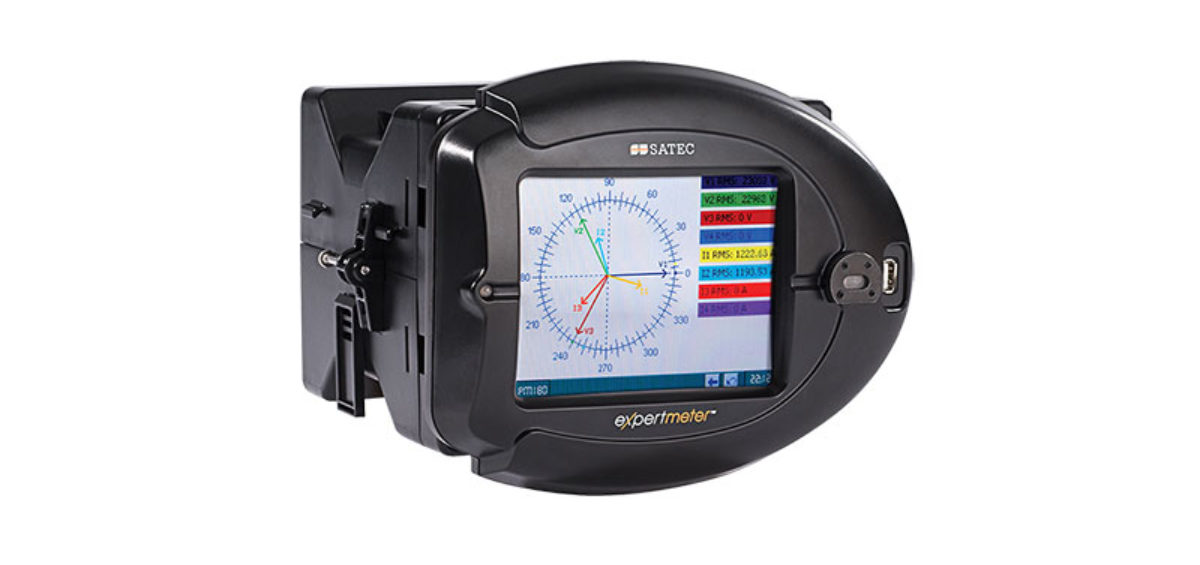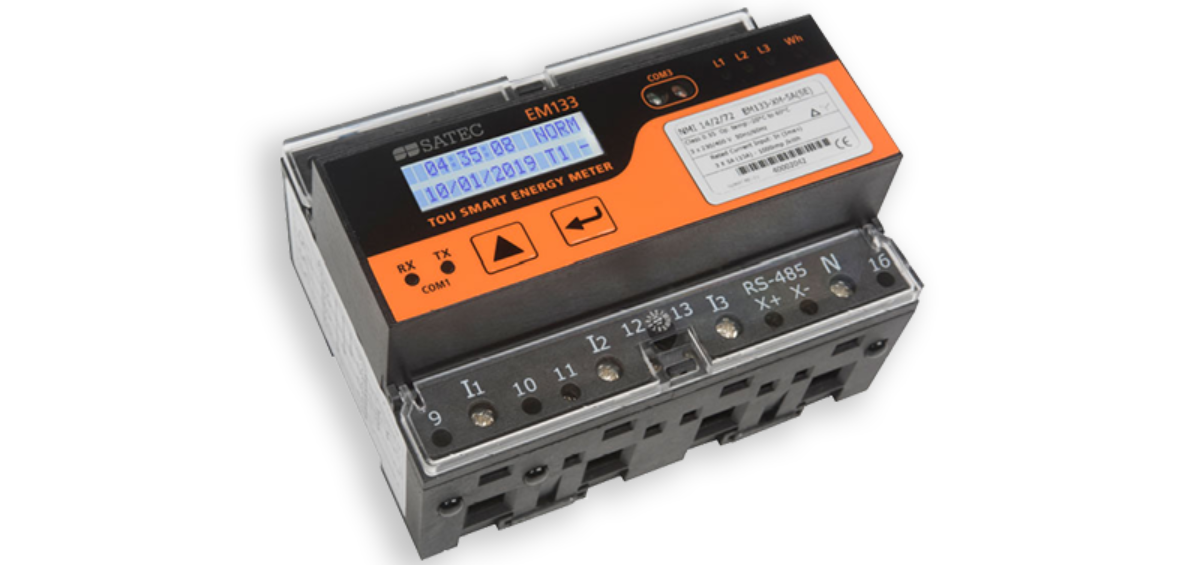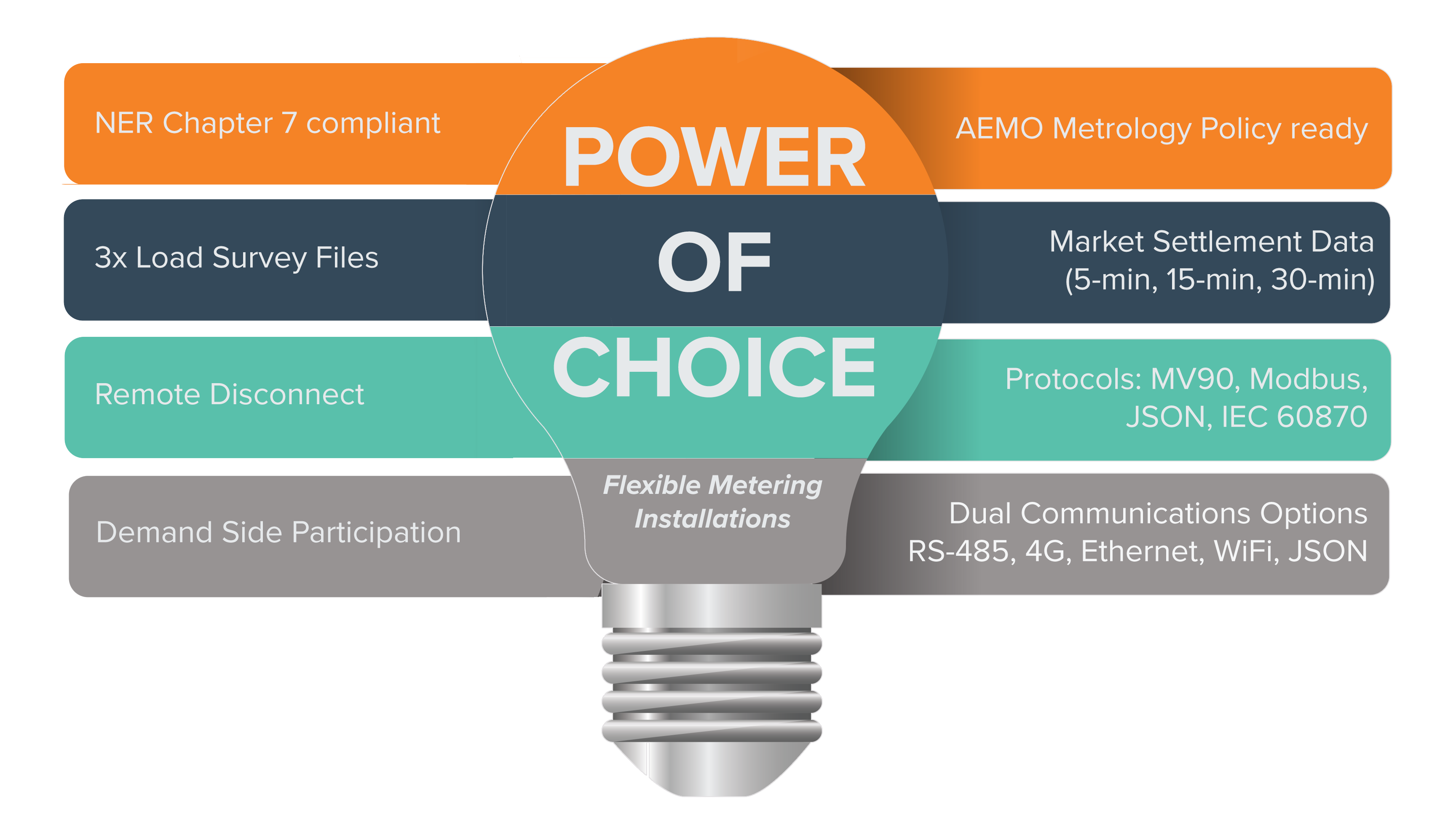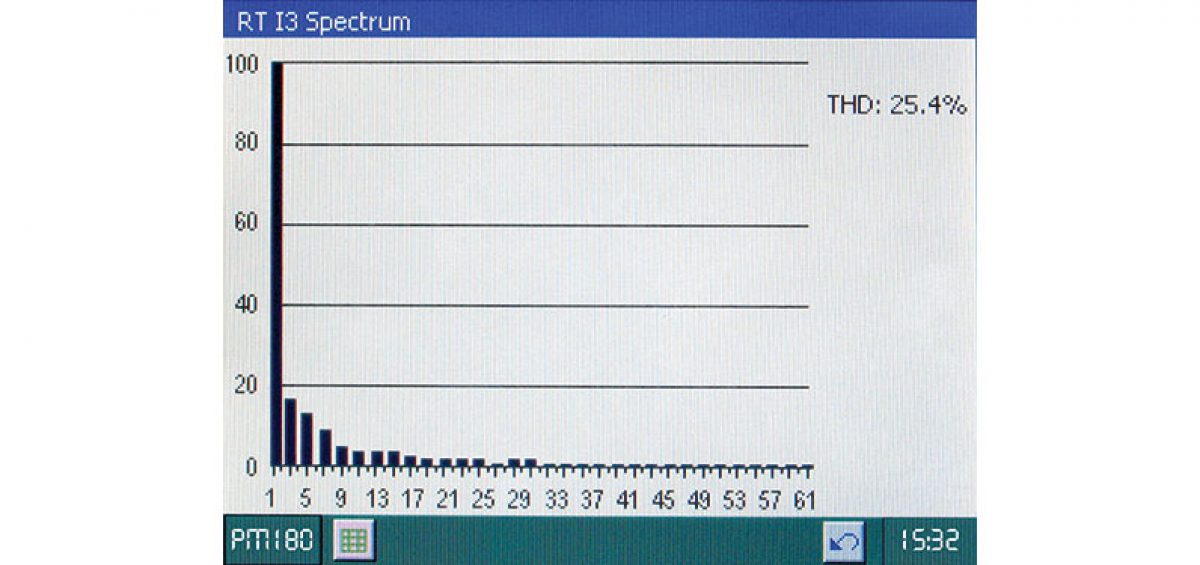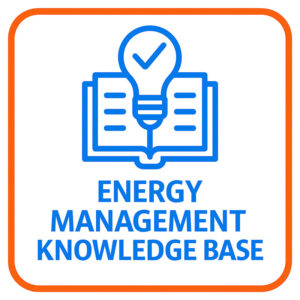SATEC is thrilled to announce our new partnership with Yurika, the market leader in commercial metering services.
Blog
This is a category description.
Electricity energy metering accuracy is an important step in ensuring data integrity. Anomalies in measurements can, over a period of time, create hundreds or thousands of dollars in errors.
Since most utility companies and energy managers need to be able to manage and serve the client’s energy from anywhere in the world, these tools have become a must-have.
National Instrument Test Procedures (NITP) form part of the legal quality assurance systems, as mandated by the National Measurement Institute (NMI). NMI works to assure accuracy verification is done for all electricity meters used within Australia for Trade Measurement or Billing. National Instrument Test Procedures for electricity utility meters is known as NITP-14. Electricity metersRead more
SATEC has added further enhancements and advanced features for power quality monitoring with the PM180. The latest release incorporates disturbance direction detection and analysis, allowing identification and location of voltage sags or voltage swells, relative to the monitoring location. The PM180 Power Quality Analyser is a Class A device for PQ metering. Damage Resulting andRead more
SATEC introduces the first NMI approved fit for purpose retrofit electrical energy meter with the EM133-XM-HACS energy billing meter. The DIN rail NMI pattern approved electrical energy meter has Class Accuracy 0.5S, providing a full range of electrical measurements such as KW, KVAR PF, HZ, Volts, Amps, Harmonics, and other electrical and energy measurements. SplitRead more
Battery Energy Storage Systems (BESS) are becoming an important component in the modern electric network. These systems are often combined on-site with renewable energy sources for storing energy during peak production or low demand, and releasing the stored energy during peak demand.
The new Power of Choice (PoC) reforms implemented within Australia work to provide benefit to consumers combined with the Australian Energy Market Commission (AEMC) expanding competition in metering and related services review.
SATEC Australia’s Engineering Manager, Marcelo Silva had the pleasure of working with the NSW Department of Planning, Industry and Environment to produce the Electricity Metering and Monitoring Guide.
Electrical energy power metering designs vary with capabilities such as accuracy compliance, sampling rates, harmonic measurements and algorithm calculations, just to name a few. It is important to continuously monitor the harmonic levels to ensure they are not exceeding certain limits.




